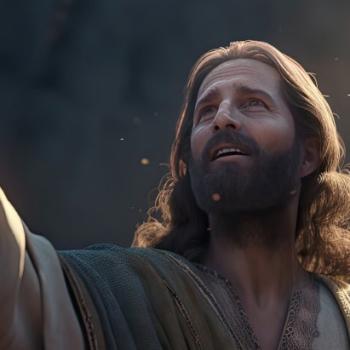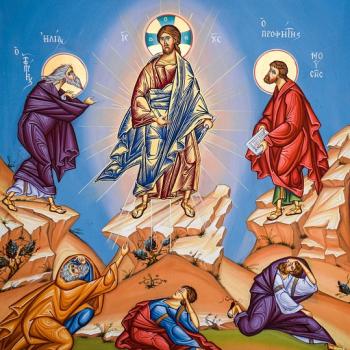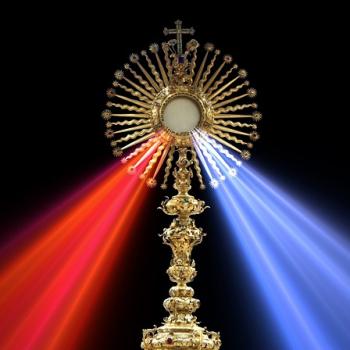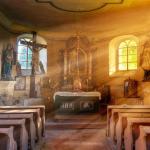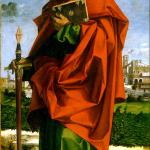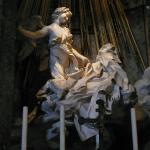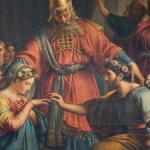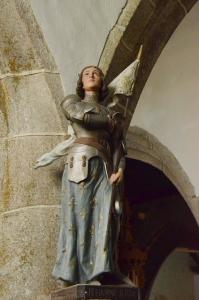
“The blood of martyrs is the seed of the Church,” Tertullian famously remarked. Tertullian recognized that the more the world sheds the blood of Christians, the more the Church grows. While it may seem counterintuitive, the willingness of Christians to die for what they believe in often inspires others to become followers of Christ.
In this paper, I will examine what constitutes martyrdom in the Catholic Church by examining some examples from the Bible. Finally, I will seek to place martyrdom into a larger theological context.
Christ reminds us that the greatest love involves at least the willingness to give one’s life for another (see John 15:13). While this concept of charity provides a basis for understanding what constitutes martyrdom, the etymology is relatively innocuous. The Greek word martus connotes that a martyr testifies to a fact of which he has personal knowledge. To be sure, Christians are called to bear witness to Jesus Christ in their words and actions. Not all are asked to shed their blood, however. Those who do are called martyrs.
It should be noted that the concept of martyrdom predates Christianity. Its roots can be traced to the Maccabean revolt over a hundred and fifty years before the birth of Christ. In response to religious persecution by the Seleucid Empire, many Jews engaged in an uprising against the Seleucid king, Antiochus IV. Among the notable martyrs of the revolt was Eleazar, who chose to die rather than violate the Mosaic law. (See 2 Maccabees 6). Another notable example of martyrdom is depicted in 2 Maccabees 7. In it, we read of a mother and her seven sons who are tortured and killed for refusing to violate the Jewish dietary restrictions. Thousands more were made martyrs during the Jewish war with the Roman Empire.
Samson is a unique example of the martyr archetype. Captured by the Philistines, Samson causes a large house to collapse, killing as many as three thousand Philistines, as well as himself. (See Judges 16:23-31). Owing to how Samson died, his death can be viewed both as a suicide as well as the act of a martyr acting in defense of his faith. In the Book of Samuel, King Saul and his sons, especially Jonathan, are depicted as martyrs because they sacrificed their lives rather than being captured by the Philistines.
While the Old Testament is not without its martyrs, it is within the Christian tradition that one finds a great emphasis on those who gave their lives for their faith. Why does Catholicism hold martyrdom in such high esteem? The reason lies in understanding that the actions of martyrs allow them to participate in the salvific work of Christ. If it is true that love allows one to share in the divine life of God, then to be martyred is to be placed next to Jesus at Calvary and to share in the passion that has made our redemption possible.
One can attribute various reasons for the many Christian martyrs in the early Church. Certainly, the nascent Catholic Church’s teaching that Jesus is the Messiah led to friction within the Jewish tradition, out of which Christianity came. This friction led to events like those surrounding the first Christian martyr, Saint Stephen. Falsely accused of blasphemy, Stephen was stoned to death for his ardent faith in Jesus Christ.
However, the main culprit in shedding Christian blood was the Roman Empire. It appears that the underlying cause of conflict between the Catholic Church and the Roman Empire was the Catholic insistence on monotheism. Because of the Christian belief in only one God, Christians refused to make offerings to Roman gods or participate in Roman religious festivals. Rome viewed this refusal as a sign of disloyalty to the Empire. All of this would lead to numerous persecutions of Christians and the death of thousands of the faithful.
All of these events shaped the early Church’s theology of martyrdom. Within the context of the Catholic Church, martyrdom entails the supreme commitment to one’s faith as well as to the truth of the Christian doctrine, even if such a witness means one’s death. (See Catechism of the Catholic Church, Paragraph 2473). Pope Benedict provided the essential definition of martyrdom, “The martyrs of the past and those of our time gave and give life freely and consciously in a supreme act of love, witnessing to their faithfulness to Christ, to the gospel, and to the Church.” (Letter Of His Holiness Benedict XVI To The Participants Of The Plenary Session Of The Congregation Fof The Causes Of Saints).
Still, the Church’s understanding of martyrs would evolve over time, culminating in martyrs being beatified. Additionally, martyrs were viewed as powerful intercessors between God and human beings. Martyrs were honored by having their “heavenly birthdays” (i.e., the anniversaries of their deaths) celebrated annually. The celebration service was held at the deceased’s grave with prayer and oblations.
Eventually, the veneration of martyrs would include relics or physical remains of the martyr. This veneration would affect how Churches were to be built. The Seventh Ecumenical Council (in Nicea in 787) decreed that relics must be placed in the altar of a new church before the Church could be consecrated.
Ultimately, the Christian martyr exemplifies the truth of God and the Catholic religion. Unfortunately, the truth of God and Catholicism often are in conflict with the “truths” of this world. Owing to this, the faithful are often disliked or even hated. This is made clear by Christ’s own words, “If you [the believer] belonged to the world, the world would love its own; but because you do not belong to the world, and I have chosen you out of the world, the world hates you.” (John 15:19).
In closing, I shall like to quote Saint Ignatius of Antioch, who, I think, beautifully articulates what it means to be a Christian martyr. “Now is the moment I am beginning to be a disciple. May nothing seen or unseen begrudge me making my way to Jesus Christ. Come fire, cross, battling with wild beasts, wrenching of bones, mangling of limbs, crushing of my whole body, cruel tortures of the devil—only let me get to Jesus Christ!”





